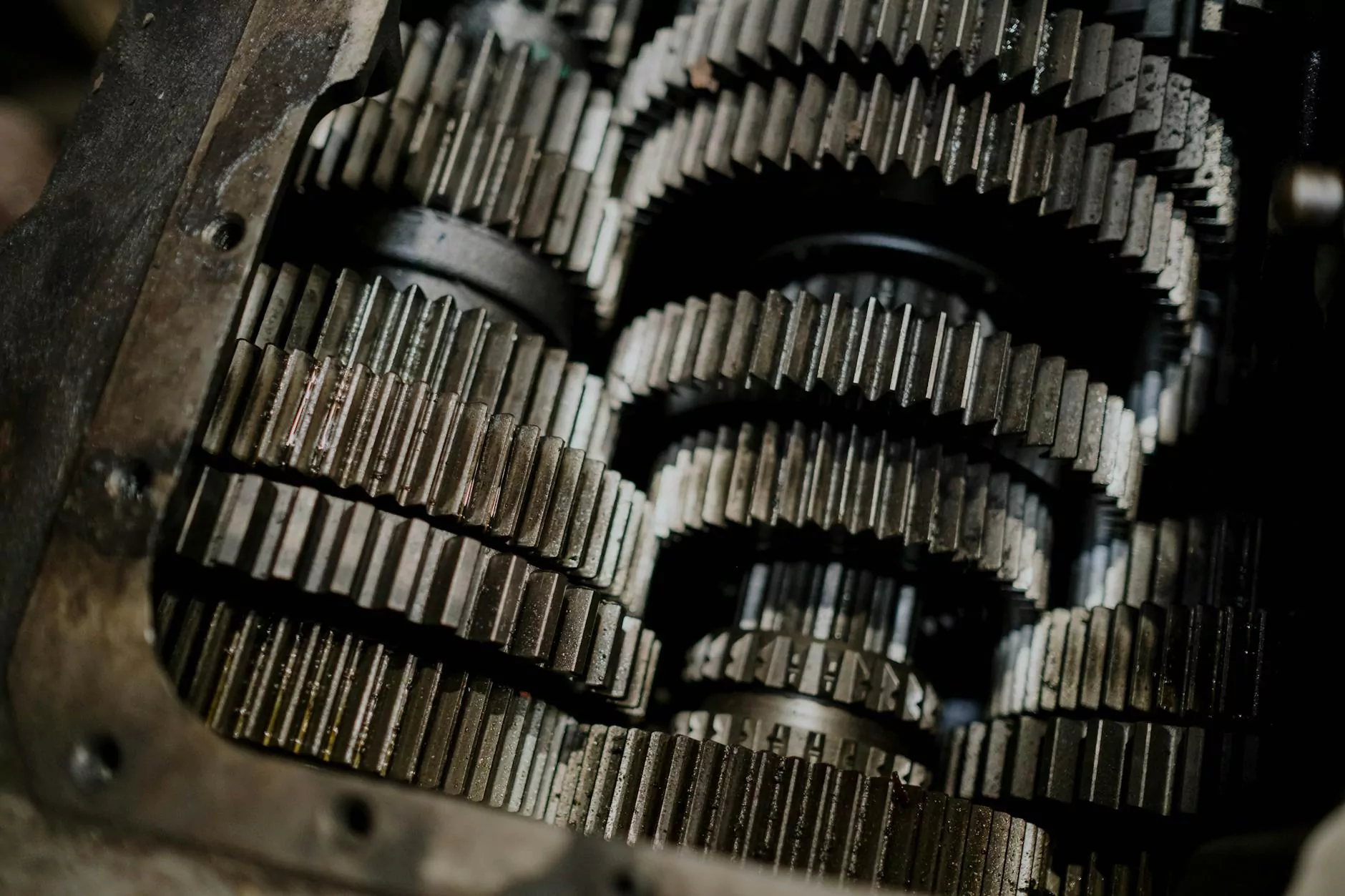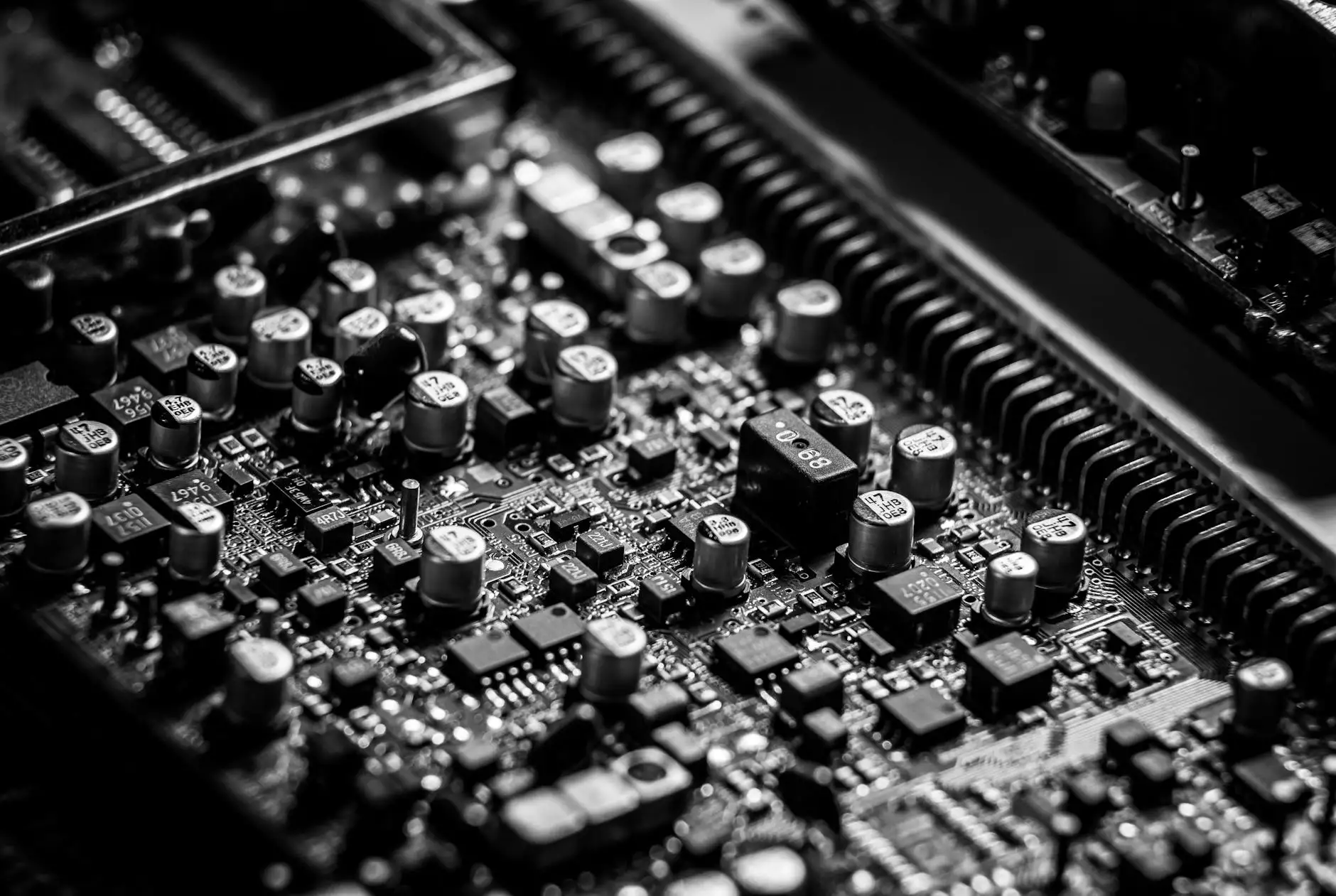The Vital Role of Clutch and Gearbox in Automotive Mechanics

In the world of automotive engineering, the clutch and gearbox are two indispensable components that ensure the smooth operation and performance of vehicles. Understanding how these systems work and their significance is crucial for anyone involved in automotive mechanics or simply enthusiasts wanting to know more about their cars.
What is a Clutch?
The clutch is a mechanical device that engages and disengages the power transmission from the engine to the drivetrain. By controlling the power, it allows the driver to change gears smoothly. Clutches are fundamental in both manual and automated transmission systems.
Types of Clutches
- Friction Clutch: The most common type, using friction to engage/disengage.
- Hydraulic Clutch: Uses hydraulic fluid pressure for smooth engagement.
- Electric Clutch: Operated by electronic controls for precision.
- Multi-plate Clutch: Typically used in high-performance vehicles for better torque handling.
The Functionality of a Clutch
When the driver presses the clutch pedal, hydraulic pressure disengages the clutch plate from the flywheel, interrupting the power flow. This interruption allows the gear change without causing damage or grinding sounds. Once the pedal is released, the clutch plate re-engages, transferring power to the wheels again.
Understanding the Gearbox
The gearbox, on the other hand, is a transmission device that houses gears and gear trains. Its primary role is to adjust the amount of power and torque delivered to the wheels based on driving conditions.
Types of Gearboxes
- Manual Gearbox: Requires the driver to shift gears manually, providing a more connected driving experience.
- Automatic Gearbox: Shifts gears automatically based on speed and acceleration, offering ease of use.
- CVT (Continuously Variable Transmission): Uses a system of pulleys to provide an infinite range of gear ratios.
- DCT (Dual-Clutch Transmission): Combines the best elements of manual and automatic gearboxes for faster shifting.
How Clutch and Gearbox Work Together
The synergy between the clutch and gearbox is essential for optimal vehicle performance. When acceleration is required, the clutch allows the driver to disengage the engine from the wheels while changing gears or speeding up. Once the preferred gear is selected, the driver can smoothly engage the clutch to allow the engine’s power to push through the selected gear ratio, ensuring maximum efficiency.
The Importance of Clutch and Gearbox Maintenance
Regular maintenance of the clutch and gearbox can greatly enhance the vehicle's lifespan and performance. Here are some important maintenance tips:
- Monitor fluid levels: Ensure that the transmission fluid is at the recommended level for smooth operation.
- Inspect for leaks: Regularly check for any signs of fluid leaks, which could indicate more significant issues.
- Listen for unusual sounds: Grinding or clunking noises can signal problems in the clutch or gearbox.
- Check for slippage: If you notice a delay in power transfer, your clutch may be worn out.
Signs of Clutch and Gearbox Problems
Understanding the warning signs of potential issues can save you from costly repairs. Here's what to watch out for:
- Slipping Clutch: This occurs when you accelerate, but the engine revs without a corresponding increase in speed.
- Difficulty Shifting Gears: If it becomes hard to shift gears or you feel resistance while changing gears, it indicates a problem.
- Unusual Noises: Grinding noises during engagement or disengagement are a clear sign of wear.
- Burning Smell: A burning odor may indicate that the clutch is overheating due to excessive friction.
Innovations in Clutch and Gearbox Technology
The automotive industry is continually evolving, with innovations aimed at improving the performance and efficiency of clutch and gearbox systems. Recent advancements include:
- Smart Clutches: Utilizing sensors and electronics to engage/disengage based on driving conditions.
- Lightweight Materials: Using advanced composites to reduce weight and improve efficiency.
- Enhanced Durability: Improved manufacturing techniques result in longer-lasting components that withstand harsher conditions.
Conclusion: The Future of Clutch and Gearbox Systems
As we move towards a more technologically advanced automotive future, the role of the clutch and gearbox will continue to evolve. With electric vehicles on the rise, traditional gearboxes are being reimagined, but the core principles of power transmission will remain essential. Understanding these systems is crucial for any automotive professional and enthusiast alike, ensuring that the relationship between the driver and their vehicle remains both effective and enjoyable.
Your Trusted Source for Automotive Parts
At Shenghai Auto Parts, we specialize in providing high-quality automotive components, including superior clutches and gearboxes. Our commitment to excellence ensures that our customers receive products that enhance their vehicle's performance and reliability.
Contact Us Today!
If you are in need of reliable automotive parts, visit shenghaiautoparts.com to explore our extensive range of products. Let us help you drive your performance forward!









